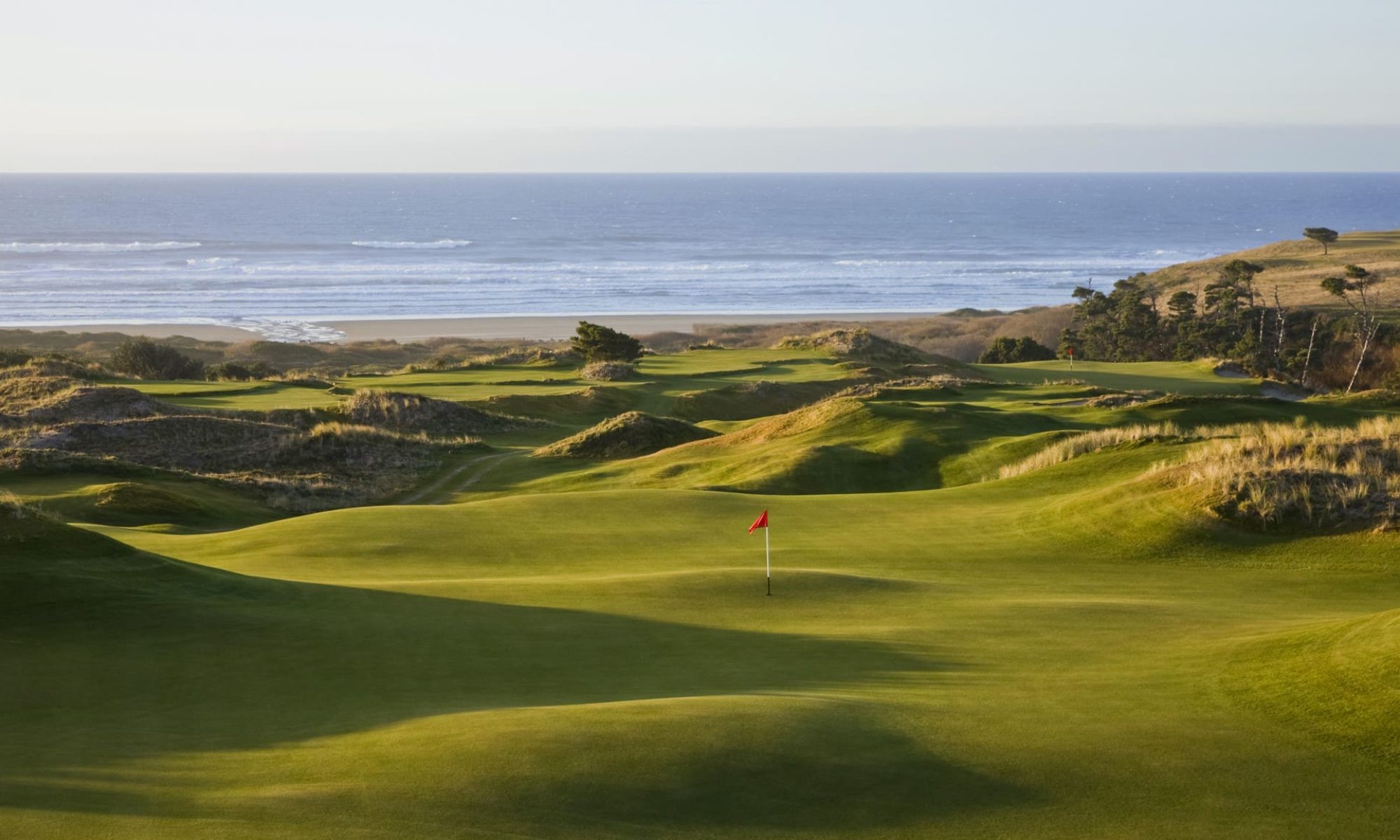 Oregon’s Drive Toward Sustainability
Oregon’s Drive Toward Sustainability
Oregon’s approximately 200 golf courses are environmental stewards of our regions resources. The Golf Alliance of Oregon brings together agronomists, owners, golf professionals and other industry experts to advocate for the industry’s sustainable and long-term health and well-being.
Perhaps the biggest driver for the golf course industry to adopt sustainability centers on the facility’s ability to do business. The golf course industry is in a state of change. Economic, environmental and regulatory pressures continue to rise. Regulations pertaining to water quality and water use are advancing. The costs of doing business are increasing. Resource restrictions, such as land and water use, will certainly increase with the growing population.
Water Use; Efficiency and Conservation
The Pacific agronomic region, which includes Western Oregon, irrigates with the lowest total volume of water among the other regions of the country due to the climate and relatively low number of facilities.
-
- An average 18-hole facility in the Pacific region irrigates, on average, 84 acres of turfgrass.*
-
- An 18-hole facility in the Pacific region irrigates with an average of 158 acre-feet annually.*
-
- An 18-hole facility in the Pacific agronomic region irrigates with 1.9 acre-feet of water per irrigated turfgrass acre annually.*
-
- Golf facilities account for one-half of one percent of all water withdrawn annually and just one and one half percent of all irrigated water.*
*Reference: GCSAA Environmental Profile, Volume II, Water Use and Conservation Practices on U.S. Golf Courses
Water is a key resource for golf facility operations and is use for managing golf playing surfaces for optimum and desired conditions to food and beverage services. It directly impacts operating costs and the ability to generate revenues. It is also a key impact area for environment and community. Water management begins with measuring, tracking and analyzing water use. A baseline is necessary in order to set goals and make improvements in a manner that demonstrates efficiency and progressive water conservation.
Flexibility and innovation are important for all operations at the facility. Incorporating a range of BMPs can help modify behavior and adapt to new technology. One facility may be able to immediately incorporate a weather station and soil sensors, while another may only be able to modify irrigation practices. Kitchens, clubhouses, and pro shops may be equipped with technologically advance equipment and staff may be trained to conserve water.
Short-term BMPs may range from hand watering, reducing watering times or volumes, voluntarily not serving water in restaurants, or not letting water run unnecessarily. Long-term practices may include the use of technology or converting to a different turf species. The facility should set water efficiency/conservation goals as initiatives in conjunction with their business objectives and playability standards. Achieving customer satisfaction can be accomplished in conjunction with sustainability initiatives through the use of BMPs and innovation for all golf facility operations.
 Pollution Prevention
Pollution Prevention
Pollution prevention incorporates many facets of golf facility operations from the products used, waste materials generated, to processes like cooking, cleaning, and building operations. Some golf operations and wastes are regulated and costly, but sustainable practices can be implemented to improve the triple bottom line.
Pollution prevention practices range from training and behavioral practices to the incorporation of technology. Changing from “wet cleaning” practices to “dry cleaning” practices or purchasing environmentally friendly products are examples of “low hanging fruit” of BMPs and short-term objectives. Installing a new equipment washing station or updated kitchen equipment are examples of long-term planning objectives.
Energy Use: Efficiency and Conservation
Managing energy is an important element of sustainability from its generation and use, to the social and environmental impacts. The costs associated with energy are on the rise directly impacting personal finances and indirectly increasing the costs of products and services used daily. Energy management begins with monitoring, recording and analyzing use. Energy conservation and efficiency can be accomplished through multiple best management practices that range from behavior modification to the use of technology. Energy audits help to identify opportunities, assess sustainability, calculate return on investments and develop a plan. Most facilities may be able to immediately incorporate behavior modification such as turning off lights or not letting equipment idle, while other may be able to immediately invest in energy efficient equipment.
Golf Courses as Wildlife Habitat
Public open spaces or greenspaces (parks, cemeteries, and golf courses) account for millions of acres of land in the United States. As urbanization spreads, these greenspaces have the potential to accommodate the needs of both people and wildlife. Golf courses and other public open spaces can be developed and managed to have a significant positive impact on the quality of habitat for sensitive and desirable wildlife species (Mankin, 2000), as well as enhancing the recreational, educational, and aesthetic aspects of these golf courses.
The Cooling Effect
Turfgrass on golf courses provides additional benefits to the environment through a process called transpiration. Transpiration aids in the reduction of temperatures in the environment by dissipating high levels of radiation. Turfgrass is considerably cooler than other common surfaces.

